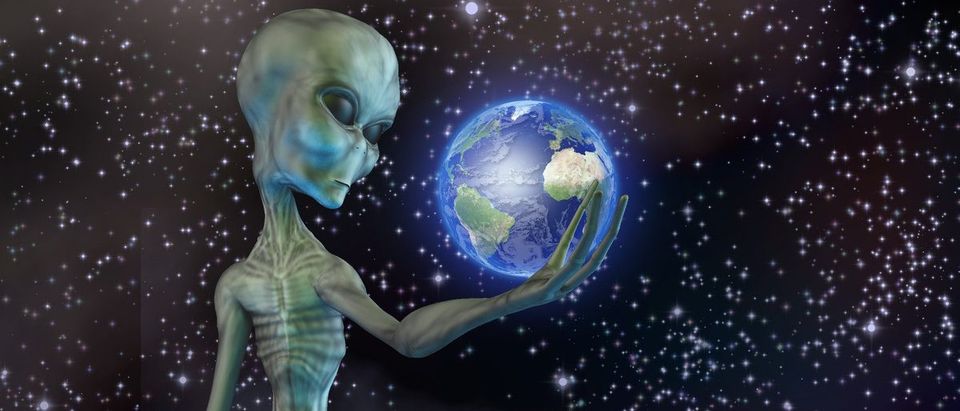Astronomers will announce Wednesday that a potentially habitable “second Earth” is orbiting the star closest to earth, according to a German-language newspaper.
Germany’s European Southern Observatory will hold a press conference Wednesday to discuss a new discovery, which a source familiar with the announcement talked about to German media.
“The still nameless planet is believed to be Earth-like and orbits at a distance to Proxima Centauri that could allow it to have liquid water on its surface — an important requirement for the emergence of life,” the source told Der Spiegel. “Never before have scientists discovered a second Earth that is so close by.”
If confirmed, the world would be the closest potentially inhabitable exoplanet to our solar system. It would still take more than 1,000 years to arrive using today best rocketry developed, according to Universe Today.
Scientists at the Observatory likely located the exoplanet using the High Accuracy Radial velocity Planet Searcher to detect the very slight “wobble” of the planet’s gravity tugging on Poxima Centauri. If detected by this method, scientists won’t know whether the planet has an atmosphere, possesses a magnetosphere or has liquid water.
A team of astronomers from the University of Liège in Belgium previously found three potentially habitable planets relatively close to Earth, according to a study published in May. The three planets are in orbit around a star known as TRAPPIST-1 and are”currently the best place to search for life beyond the solar system,”in the star’s “Goldilocks Zone.” The three new worlds are only 39.13 light-years, or 12 parsecs, away in the Aquarius constellation.
NASA announced in May that the Kepler Space Telescope found and verified 1,284 new exoplanets, or planets outside our solar system. Roughly 550 of the new exoplanets could be rocky planets like Earth based on their size. Nine of these exoplanets orbit in their stars’ “Goldilocks Zones,” and are therefore potentially habitable.
Another group of astronomers published a study in April which estimated that the odds of humanity being the only civilization in the universe are less than one chance in about 10 billion trillion.
Aliens may be behind the peculiar behavior of mega-star KIC 8462852, according to a new analysis of a scientific study published earlier this month. The analysis could not find a single naturalistic explanation for the star’s exceedingly unusual dimming which explains the extremely unusual behavior of the star. The astronomers examined 500 other stars in the vicinity of KIC 8462852, and saw nothing else like it.
KIC 8462852 has unusual objects around it similar to “Dyson spheres,” hypothetical, energy-harvesting “megastuctures” theoretical aliens could build by rearranging the solar system. Scientists have pondered the existence of Dyson Spheres since the 1960s, thinking they could be a potential solution to energy problems faced by an extremely old civilization. Search for Extraterrestrial Intelligence (SETI) scientists have long argued humans could detect distant alien civilizations by looking for technological artifacts orbiting other stars.
Send tips to andrew@
All content created by the Daily Caller News Foundation, an independent and nonpartisan newswire service, is available without charge to any legitimate news publisher that can provide a large audience. All republished articles must include our logo, our reporter’s byline and their DCNF affiliation. For any questions about our guidelines or partnering with us, please contact licensing@dailycallernewsfoundation.org.


